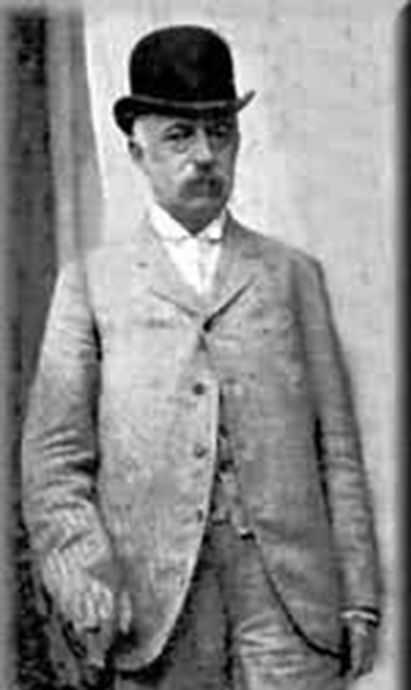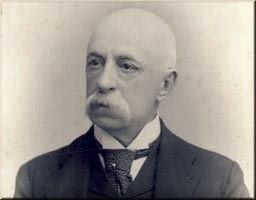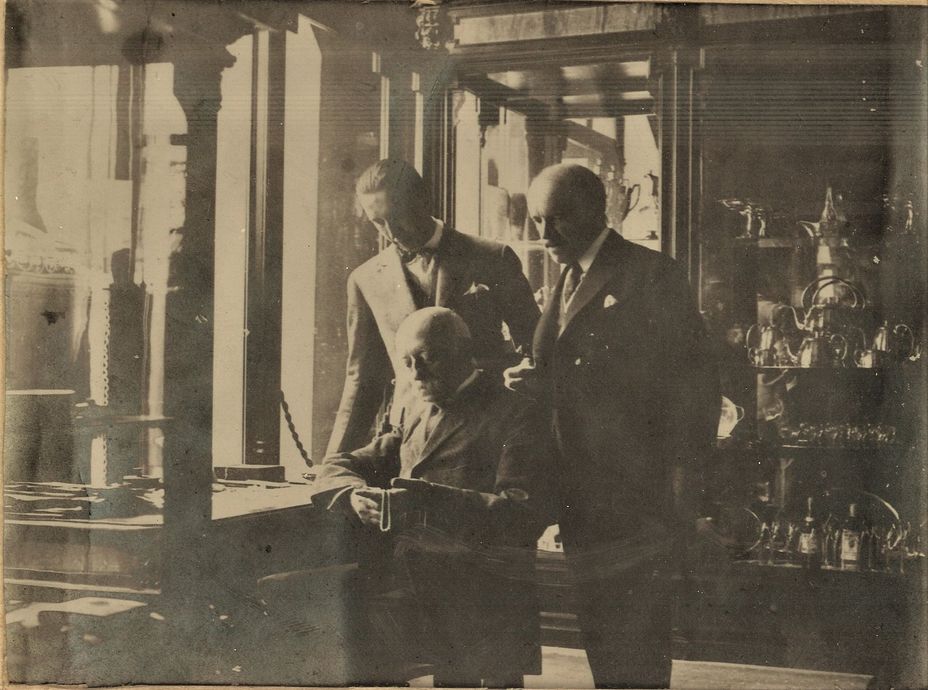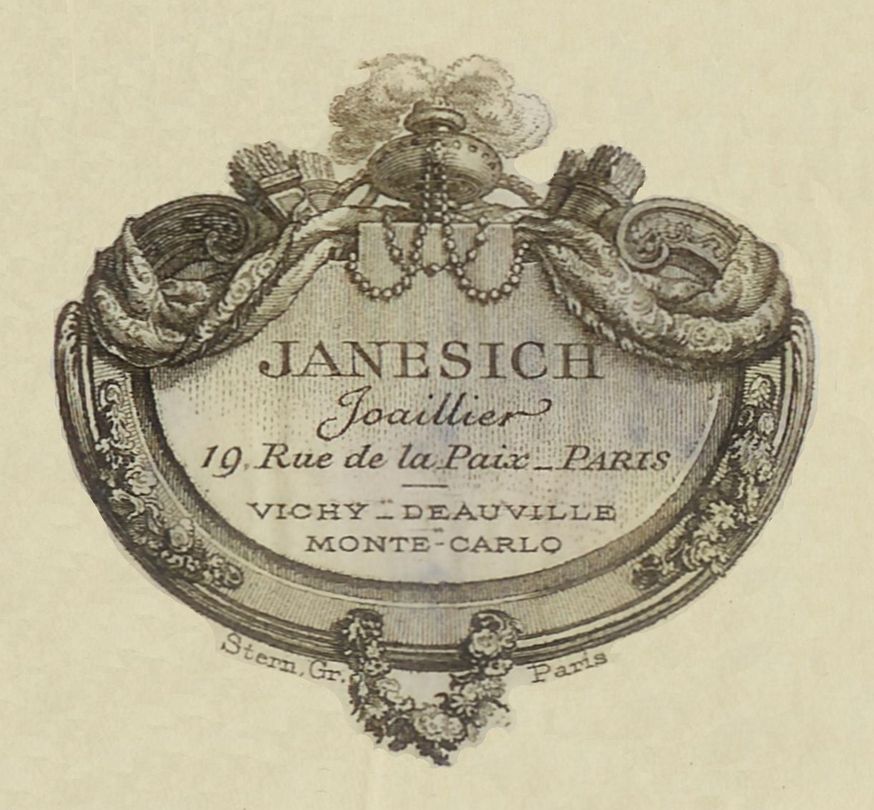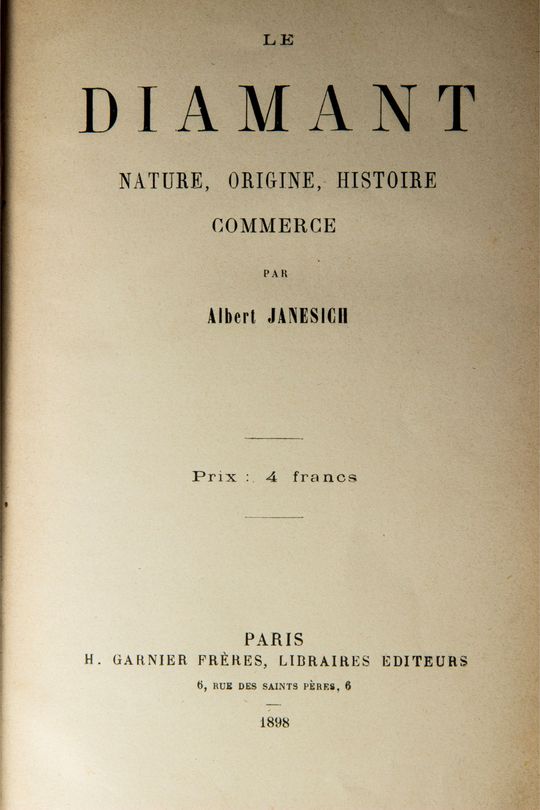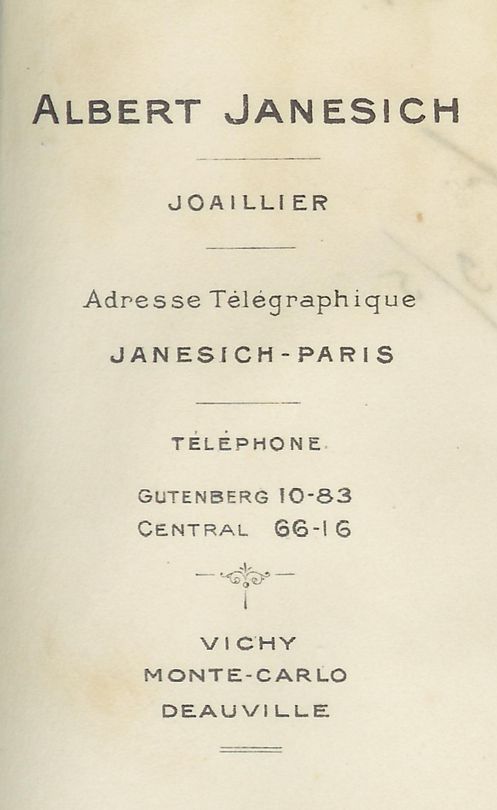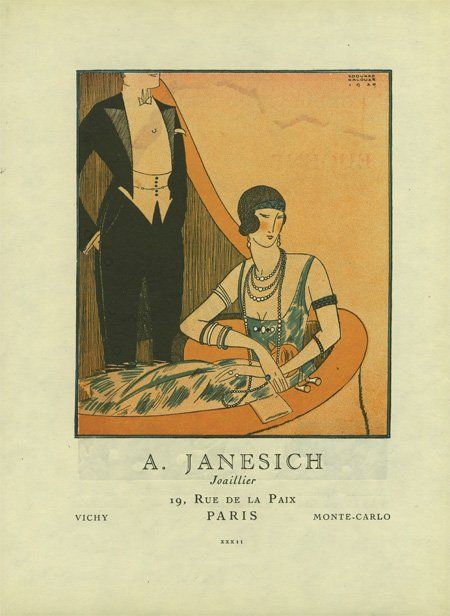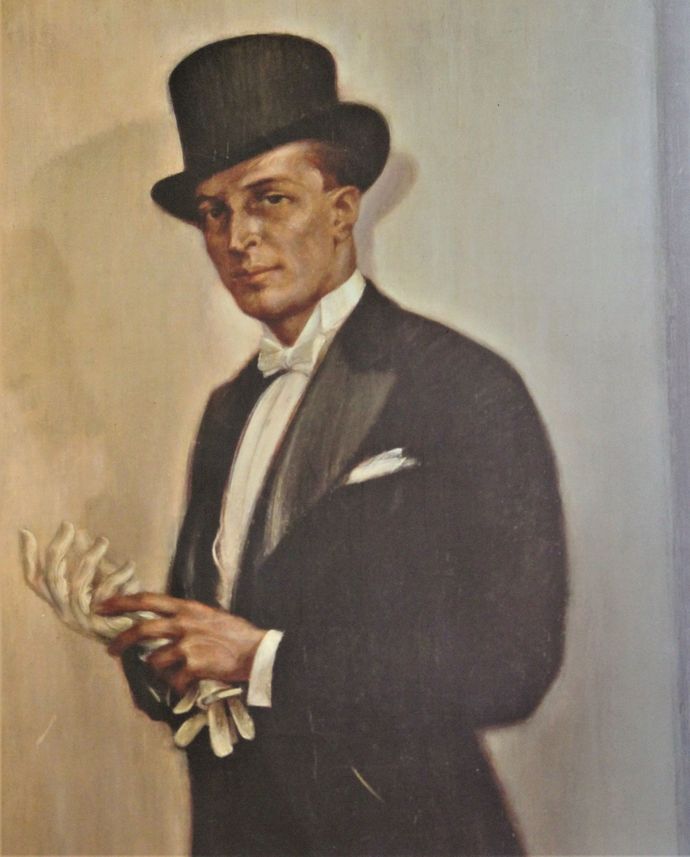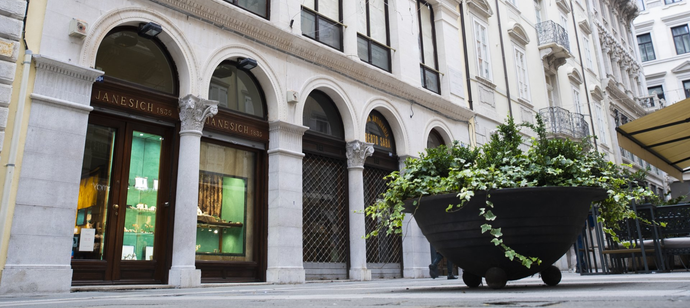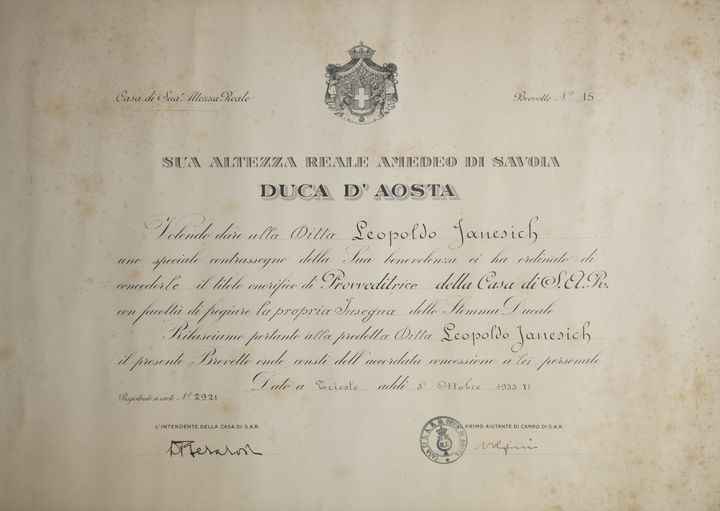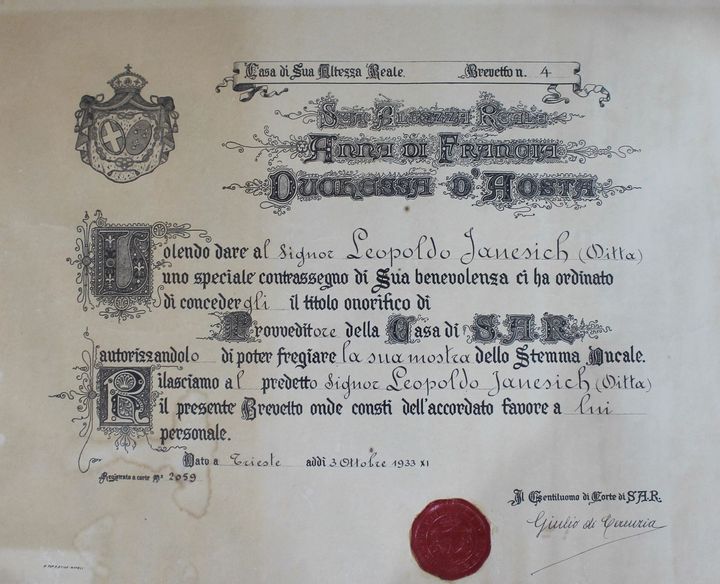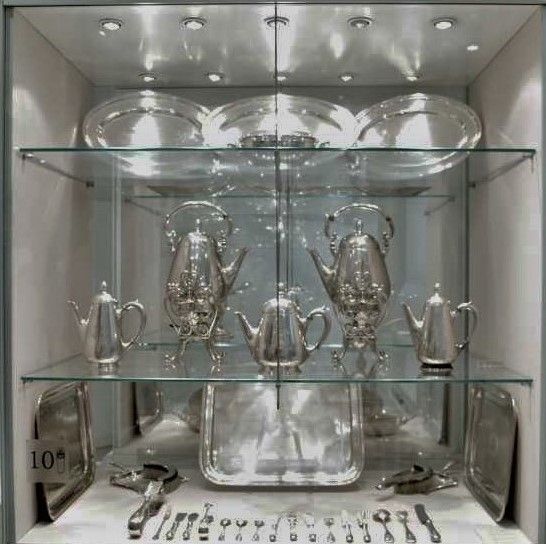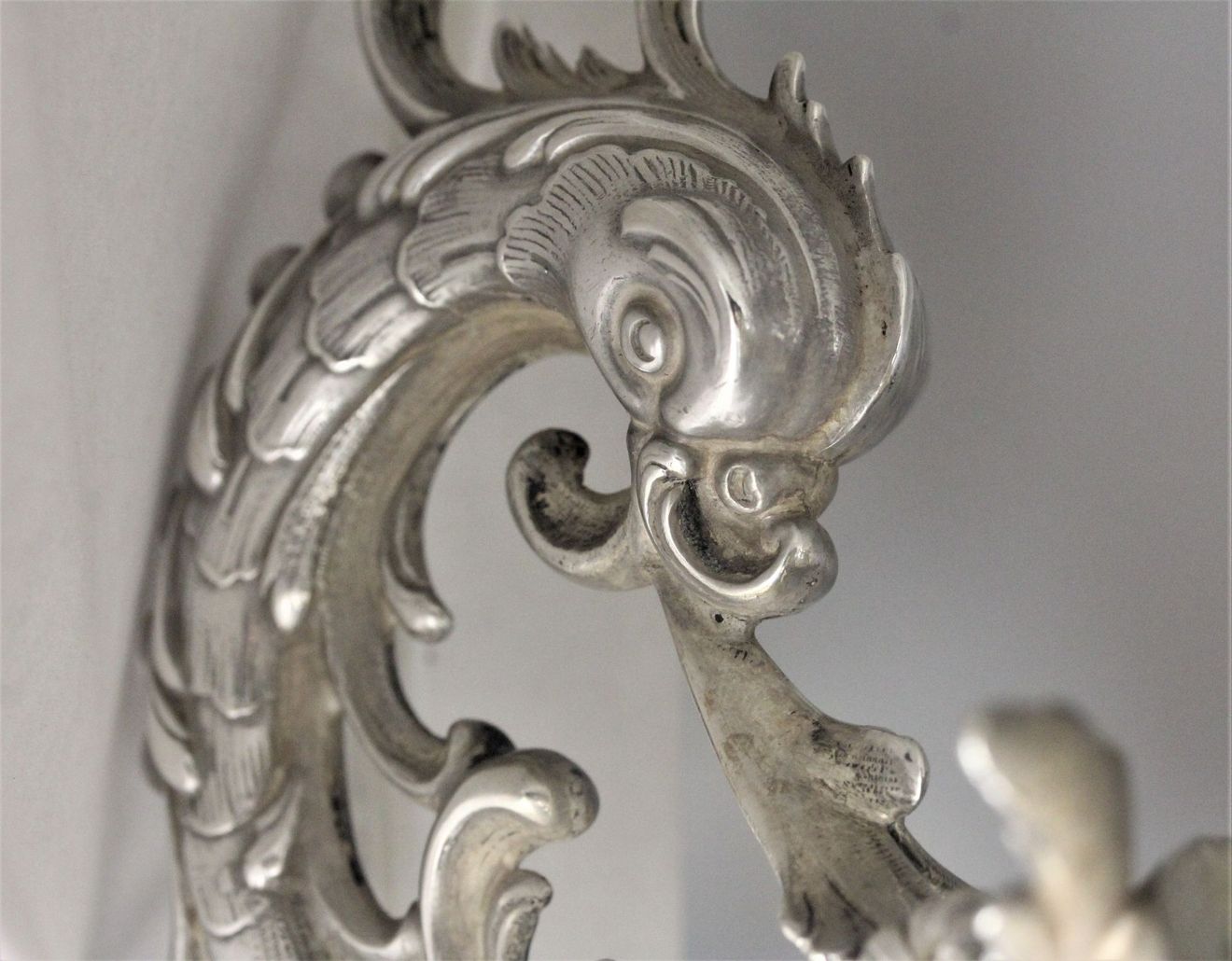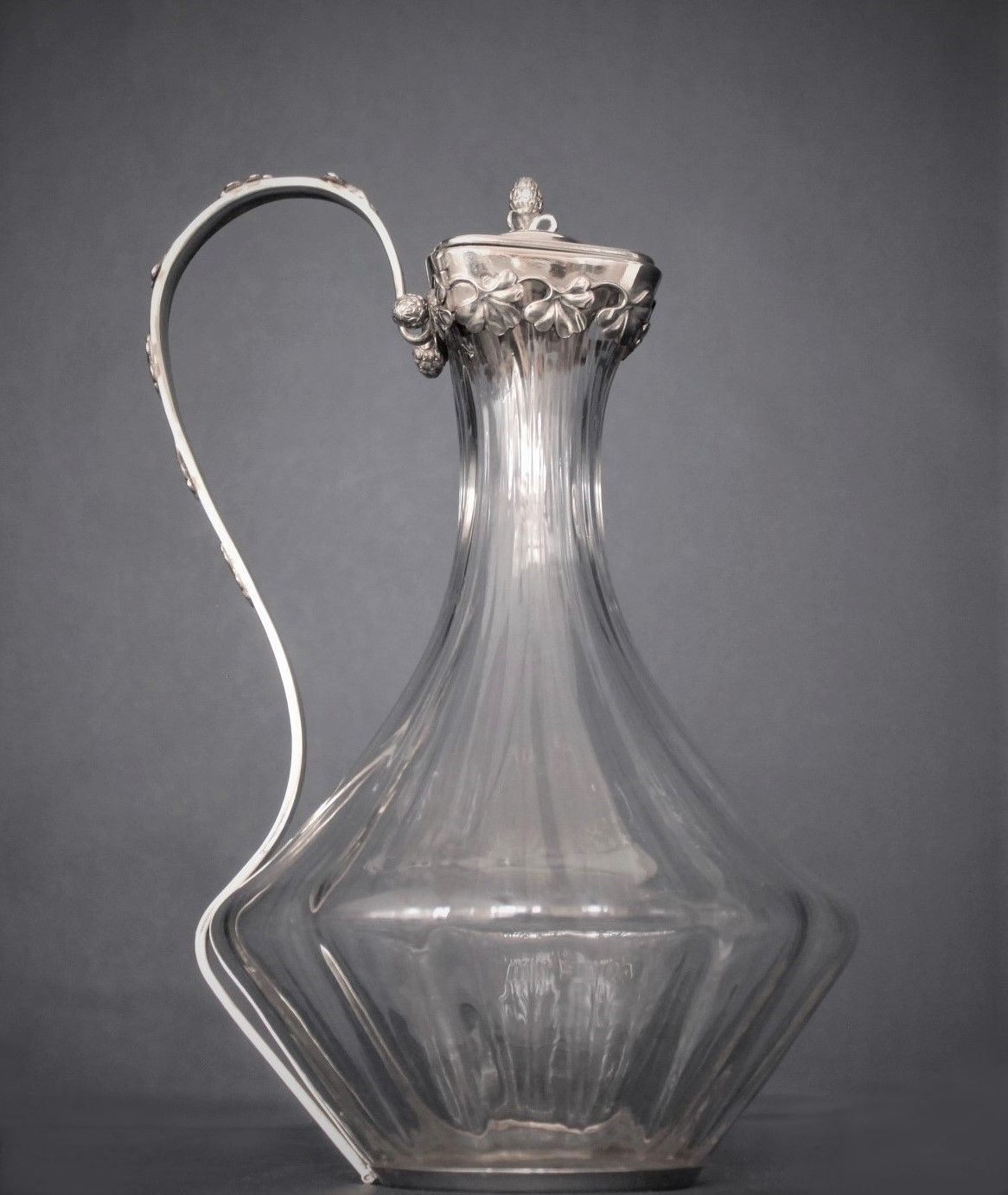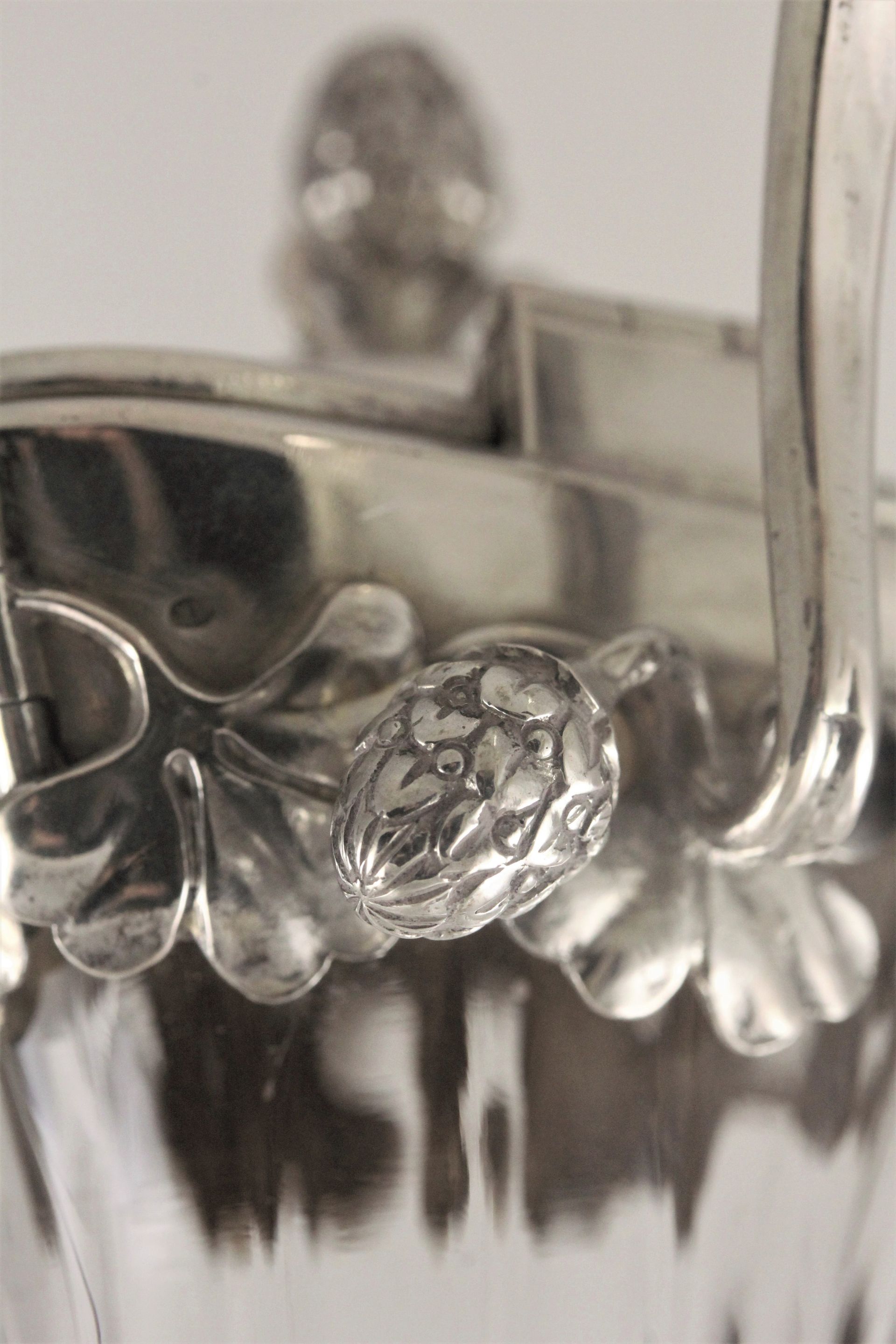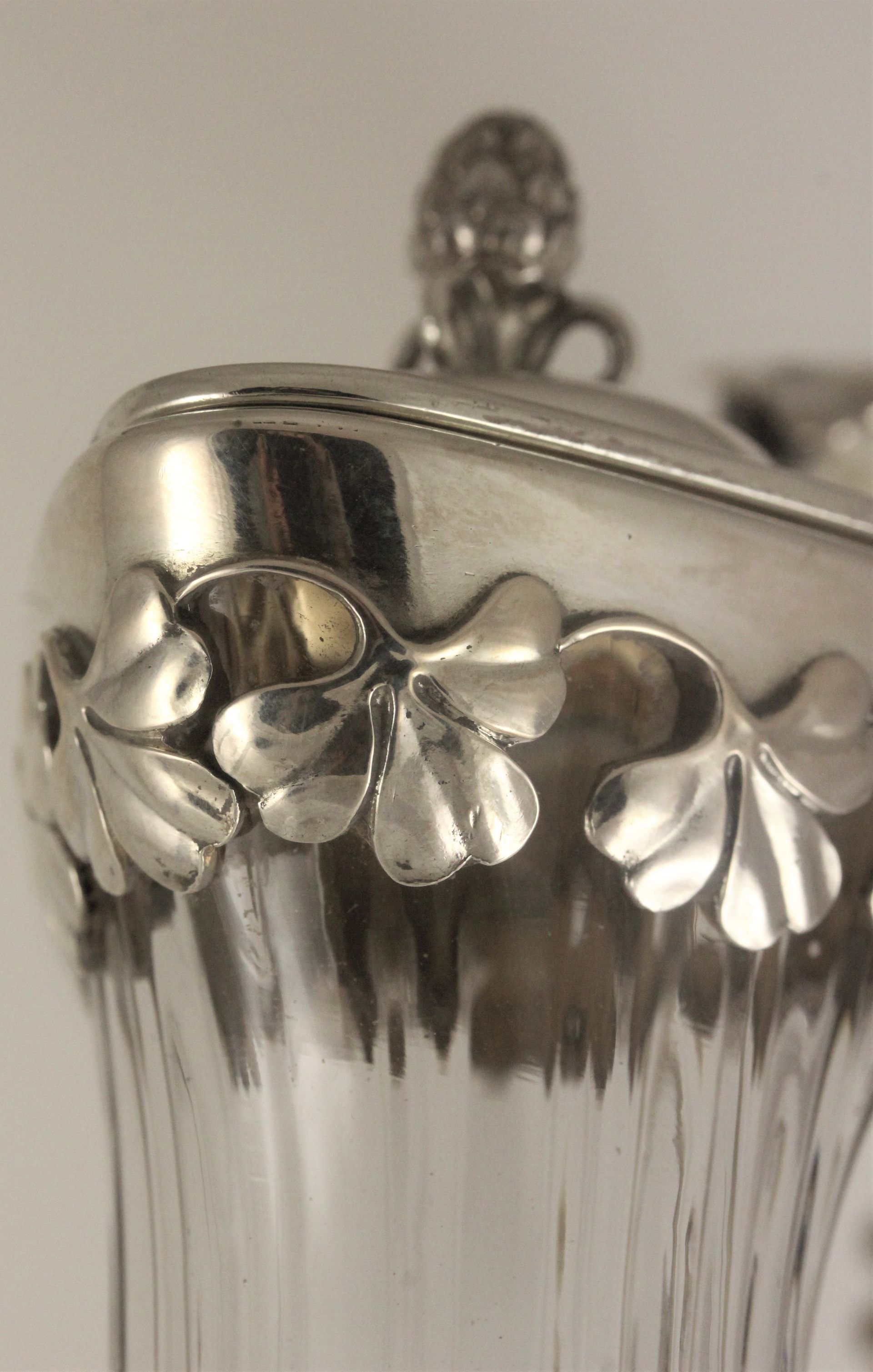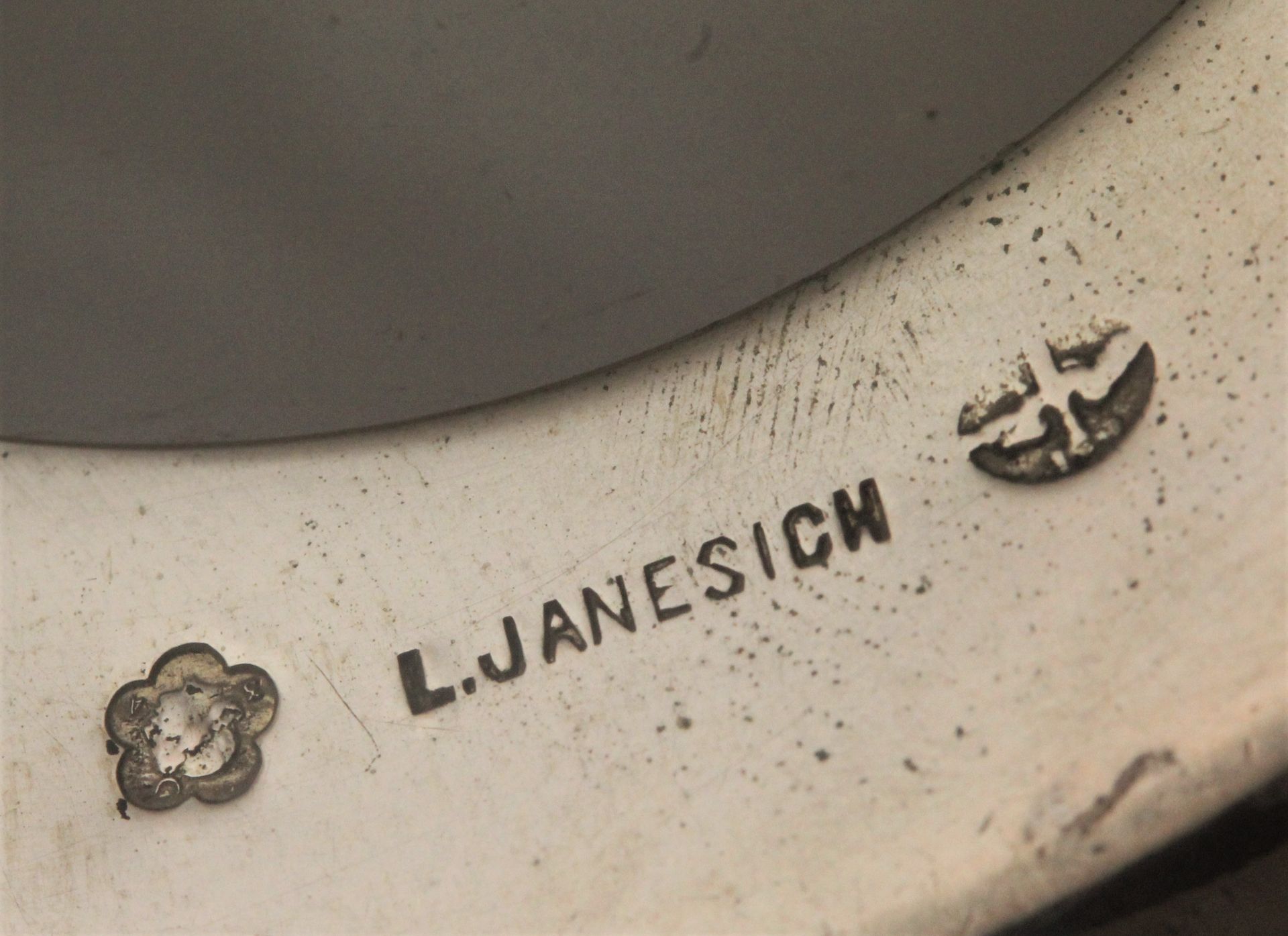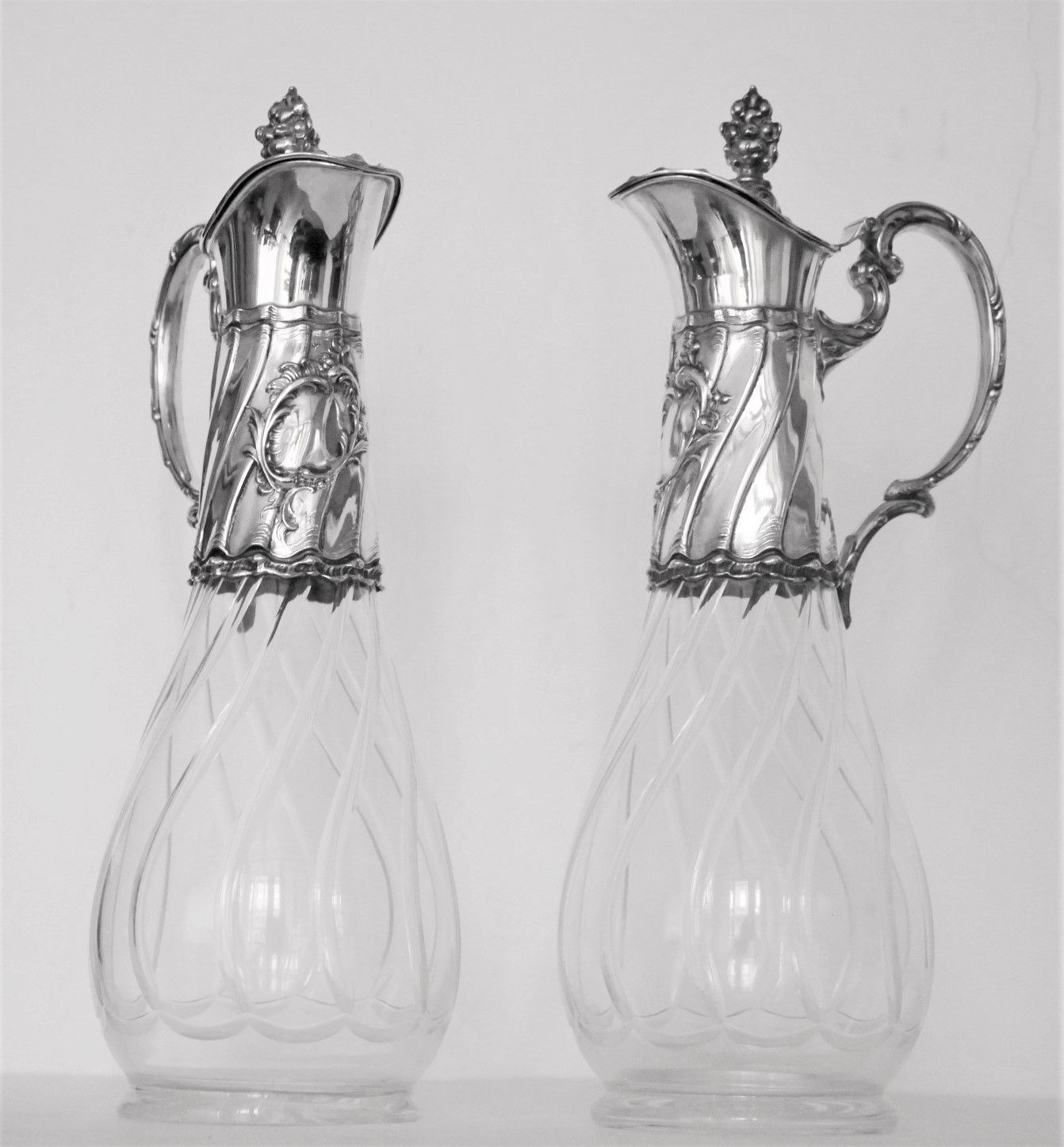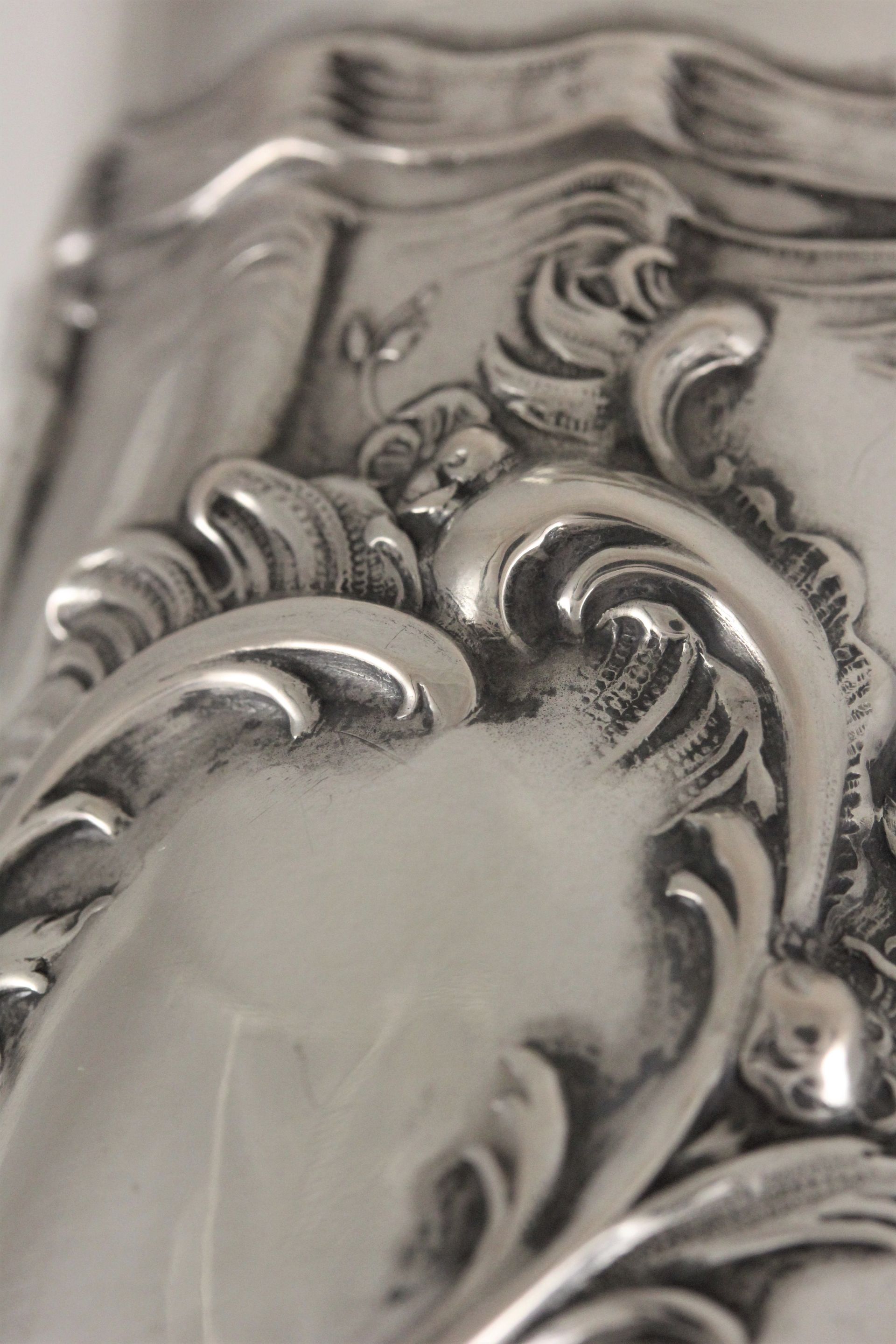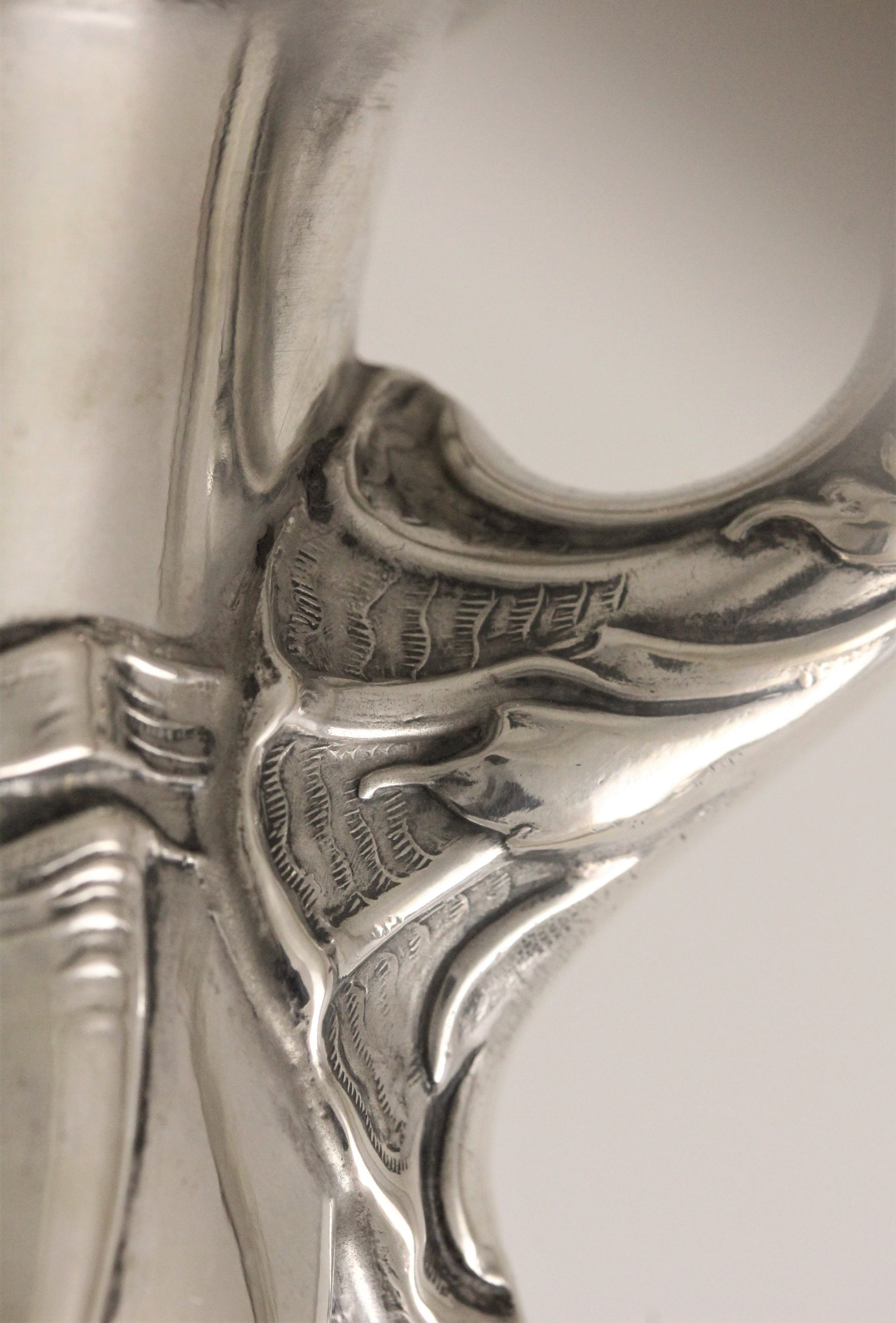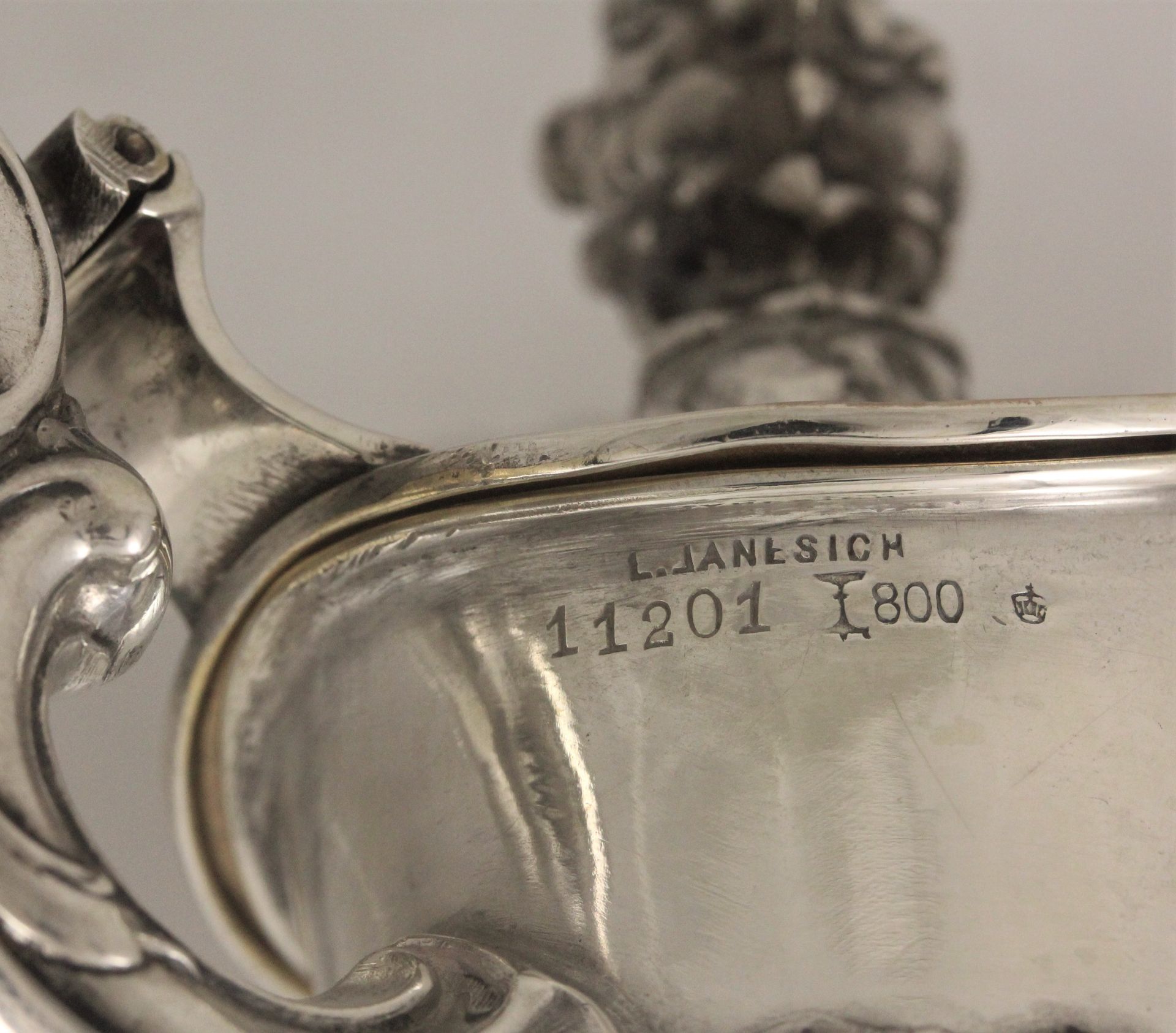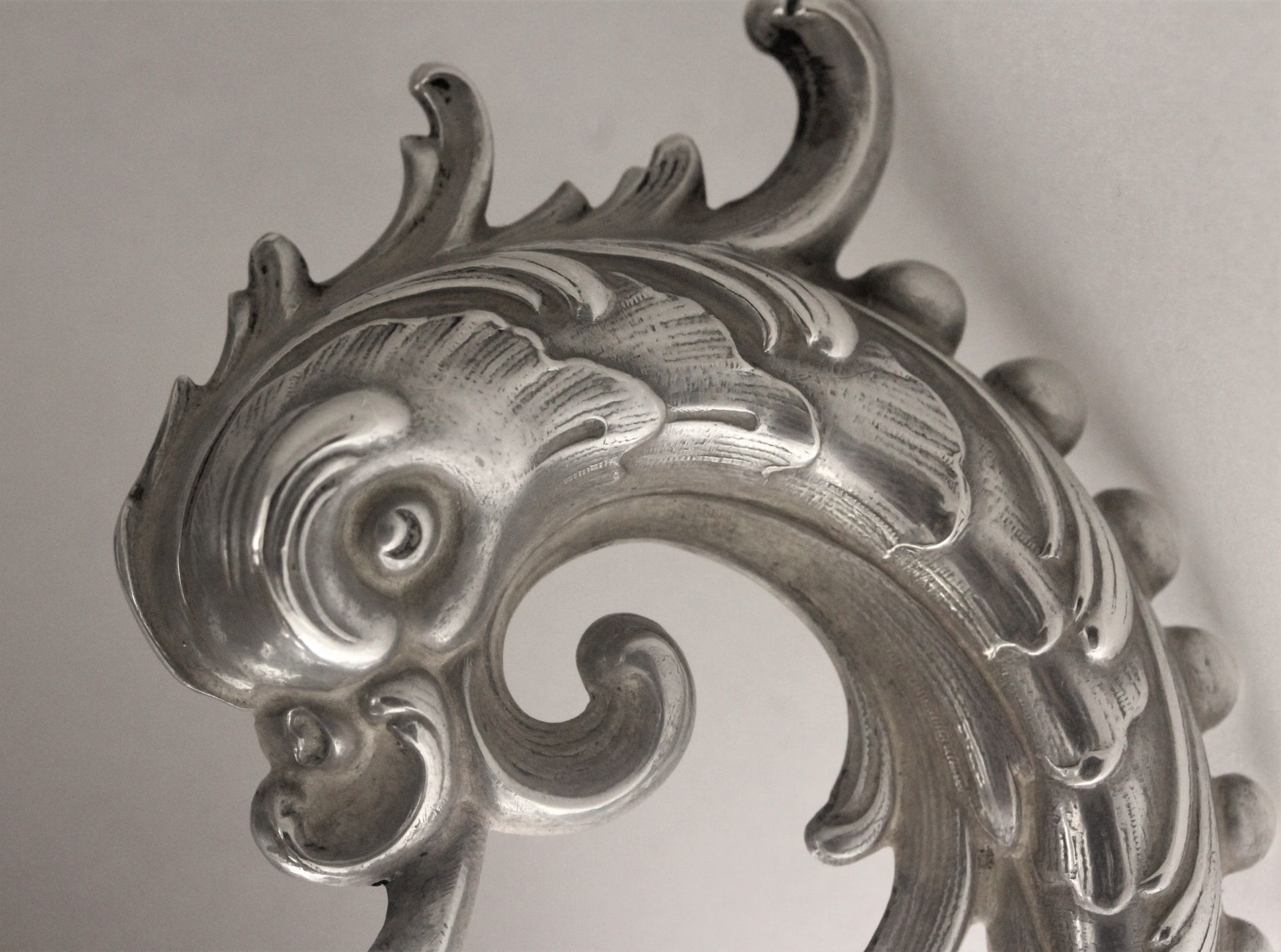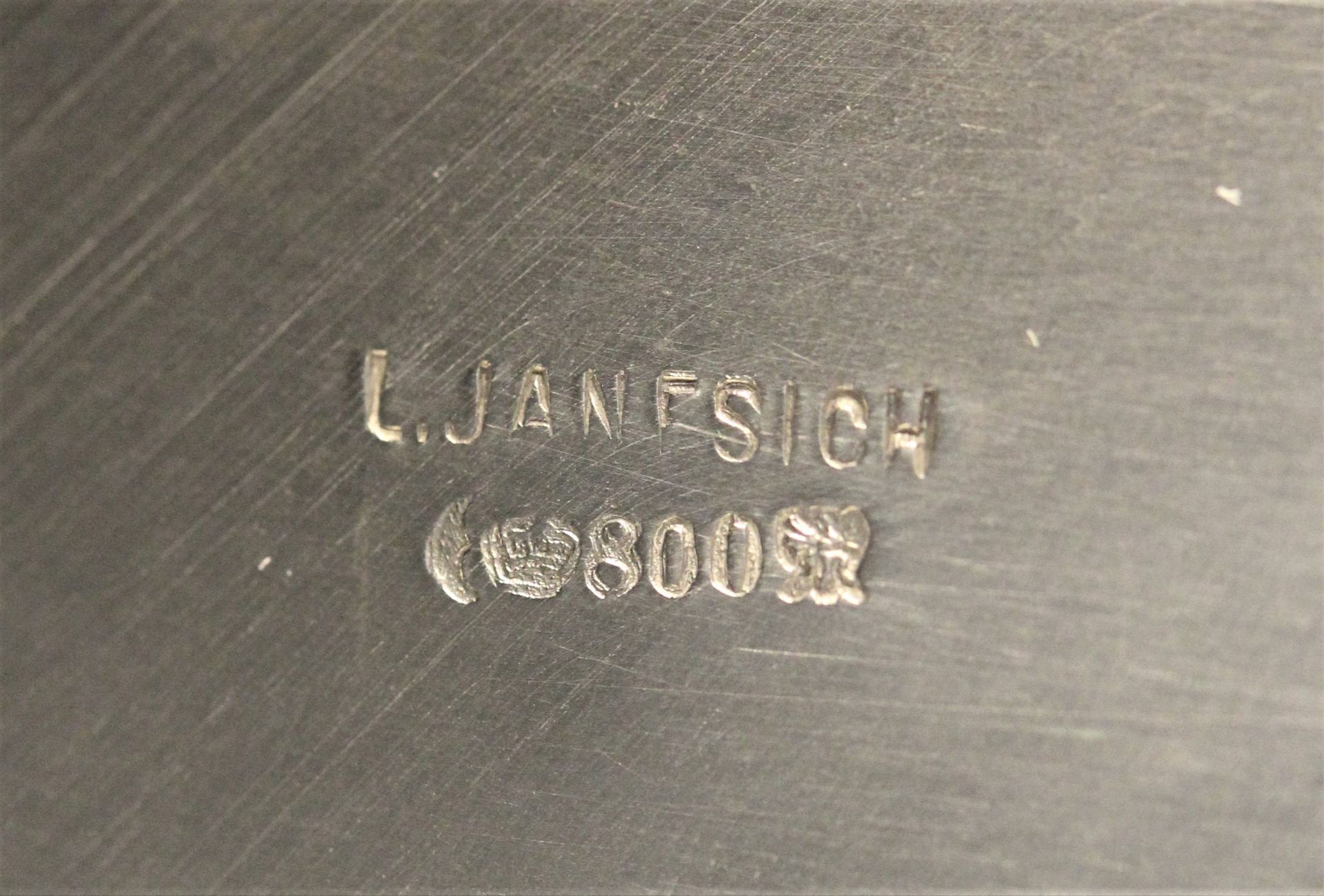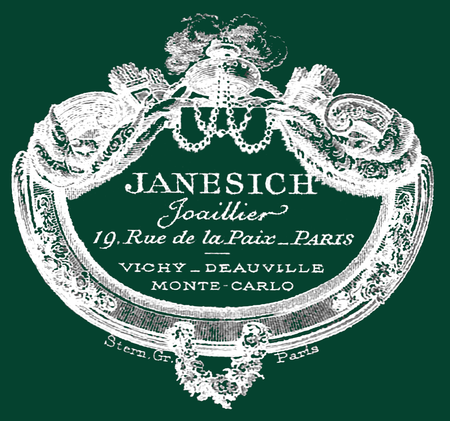
Believe in beauty, seek it, create it.
And if you are the heir to a long tradition, share it with others
( Albert Janesich)
Our History
1835 - It all began when the founder Leopoldo Janesich, a young man of Dalmatian origin who was a good draughtsman and very capable goldsmith, opened the company in Trieste.
The city at that time was the flourishing Mediterranean port of the Austro-Hungarian Empire, and soon, thanks to Leopoldo's talent and resourcefulness, his creations became a tangible and refined expression of the à la page entrepreneurial bourgeoisie, the international aristocracy and nobility, and his atelier became their point of reference. This is how Leopold was also called to sit on the City Council and the Stock Exchange Commission.
A few decades later, his fame was already established and the search for suppliers broadened Leopold's contacts with the cities of Florence, Rome, Venice and Milan, as well as with the workshops in Hanau and Vienna. Assisting him was his son Giovanni, who in the space of a few years, took the Maison's fortunes as far as France where Paris imposed fashion throughout Europe.
1880 - His son Giovanni, a cultured and refined entrepreneur, succeeded his father Leopoldo at the helm of the Maison, which was also joined by his two sons Giuseppe and Alberto. Together they give strong impetus to the company's growth by developing it abroad, and open representative offices in Paris, Monte Carlo and London.
1896 - A wholesale office for precious stones and pearls was opened in Paris, at 22 Rue Lafayette, which was to be directed by Alberto, a skilled merchant and passionate scholar and connoisseur of gems. Working with the greatest Parisian and European houses, Tiffany purchased considerable quantities of pearls from Alberto, who was by then well established in Parisian high society.
1898 - Albert published his monograph LE DIAMANT: NATURE, ORIGINE, HISTOIRE, COMMERCE. (photo)
Giuseppe, a charmante jeweller who inherited a flair for drawing and a passion for the fine arts from his grandfather, follows the shop in Trieste, cultivates good relations with the most prominent artists of the Mitteleuropean city and acquires important customers such as Empress Elisabeth of Austria, wife of Franz Joseph, the famous Sissi, the Imperial-Habsburg Regency, Lloyd Austriaco, Assicurazioni Generali and many of the city's most prominent families.
1913 - this is the Maison's golden year with the opening of two new shops: one in Paris at No. 19 Rue de La Paix, located between Tiffany and Cartier (old photo of the shop) and the other in Monte Carlo, right near the famous Casino, in both of which counts, barons, princes and grand dukes come in search of fine jewellery.
In the meantime, his father Giovanni was busy promoting business contacts for the two locations in Trieste and Paris, and the company's correspondence highlights good relations with the Bulgari and Settepassi houses in Italy and with Vever, Boucheron and Chaumet in France.
In the meantime, they also became skilled silversmiths, assembling in silver, based on Giuseppe's design, some vases by Daume and Walter, while silverware was purchased from Laparre in Paris and lamps from Emille Gallé. Between the two world wars, the firm opened shops in Deauville and Vichy, renowned destinations for high-class tourism, more and more exclusive and refined objects were made, and Leopoldo Janesich could boast among its customers Duke Amedeo d'Aosta, King Nicholas of Montenegro, father of Queen Elena, wife of the King of Italy Vittorio Emanuele III, as well as many families of the nobility including the Rotschilds, the Polish nobles Potocki, the Ruspoli, the Windisch-Graetz, and the merchant bourgeoisie, including the Cosulichs, the Tripcovichs, all of the Italian and French nobility stocked up in the various Janesich shops.
Even in his old age, Giovanni looked after relations with the Baume et Mercier and Movado watch factories, for which splendid gold and precious stone cases were made in the then furoreous Dèco style.
The Romanoffs' 300th anniversary brought new business to the Janesich family with new customers in St. Petersburg.
1923 - The first Biennial of Decorative Arts at the Royal Villa of Monza hosted some beautiful creations of the Maison in both jewellery and silverware. In the same year, on commission from the city of Rijeka, Janesich made a sumptuous gold-silver and enamel casket, a wedding gift for Princess Jolanda of Savoy.
Towards the end of 1925, the company was awarded the patent as a supplier to the House of Savoy.
1927 - Giovanni and Alberto passed away, and the fortunes of the Maison passed into the hands of Giuseppe, who initiated his son Pietro, known as Momo, into the business. With a century of tradition behind them, it is they who now continue production.
In 1933, the Maison received the patent as supplier to the House of Aosta, while continuing to collect prestigious state and private commissions: cups, plaques, commemorative medals, caskets, such as the one that in 1934 the city of Fiume, in the meantime annexed to the Kingdom of Italy, had made for the scientist Guglielmo Marconi on the occasion of conferring honorary citizenship on him.
But in
1939, Europe was again at war and was torn apart for six long years and French shops had to be closed.
1945 - Pietro resumed business after the war in Trieste, where a temporary Anglo-American allied government was established, which brought new fortunes to Leopoldo Janesich, which even in this new context was able to exploit the qualities that had made it famous: among the most interesting orders was the Golden Laurel Award cup for the famous American producer Daniel O. Selznik, whose fame is linked to Farewell to Arms and Gone with the Wind, and among the most prominent customers was the actress Ava Gardner.
1971 - Pietro handed over the Maison's inheritance to his son Alberto, a skilful designer endowed with good taste and remarkable manual dexterity, which he perfected at the goldsmith school in Valenza and during the apprenticeship he later did in Turin with a well-known goldsmith. The same passion animated Francesco, Alberto's eldest son, when he went to Milan to deepen his knowledge of the techniques of embossing and burin engraving at two goldsmith workshops in the city centre, and graduated as a gemologist at the IGI. Milan is a fervid and stimulating environment and Francesco surrounds himself with the best goldsmiths.
1988 - When his father Alberto died prematurely, Francesco had to return to Trieste to take care of the company. And so he brings with him the skilled goldsmiths and cashiers he met in Milan, continuing to this day a tradition in the centre of Trieste that has continued since that distant 1835.
Recognitions
In 1925, King Victor Emmanuel III granted the Maison Leopoldo Janesich the Royal Patent and in 1933 it was awarded by His Royal Highness Amadeus Duke of Aosta and his consort the Duchess Anne of France.
International Testimonials
Leopold Janesich became world-renowned for the beauty and refinement of his jewellery.
As evidence of this, jewellery from the Deco era can be seen on display at the Victoria & Albert Museum in London, while at the Vienna Hofburg in the Silberkammer, a silverware service and a silver cutlery service made for Empress Elisabeth of Austria, the famous Sissi, the latter of which was especially intended for her residence in Greece, are on display.
Even today the jewels and silverware of the Maison are sought after by the most important international auction houses such as Christie's and Sotheby's.
Renowned partnerships
During the years in Paris, Leopoldo Janesich had good relations with the jewellers Bulgari, Settepassi, Boucheron, Chaumet, Vever and Cartier, which was located on the same Rue de la Paix in Paris just a few steps away from the Janesichs' shop.
Tiffany, too, bought gems and pearls from Alberto for considerable sums while his father Giovanni looked after relations with the Baume & Mercier watch factory for which they made cases and bracelets in gold and precious stones.
He collaborated with the most renowned German and Austrian silversmiths of the time. They included the Viennese Bruder Frank (Vienna 1882-1924), Josef Carl Klinkosch (Vienna 1868-1924), Eduard Friedmann (Vienna 1881-1924), Alexander Sturm (Vienna active from 1882), Moser & Reich (Vienna 1912-1927), Adolf Goldberg (Vienna 1883-1898). The German Bruckmann & Sohne (1805-1973), Koch & Bergfeld, Wilkens & Shone.
The Italians Michelangelo Clementi (the same that would later be acquired by Buccellati) and Luigi Genazzi.




